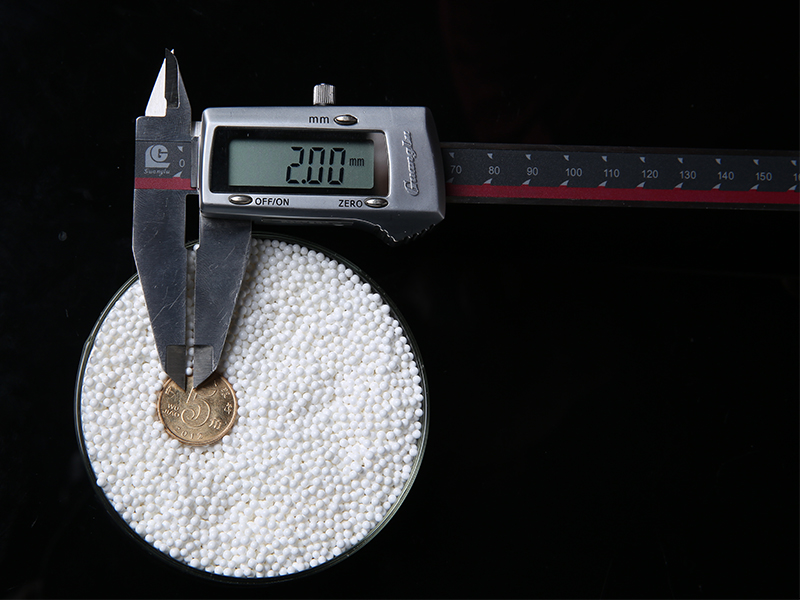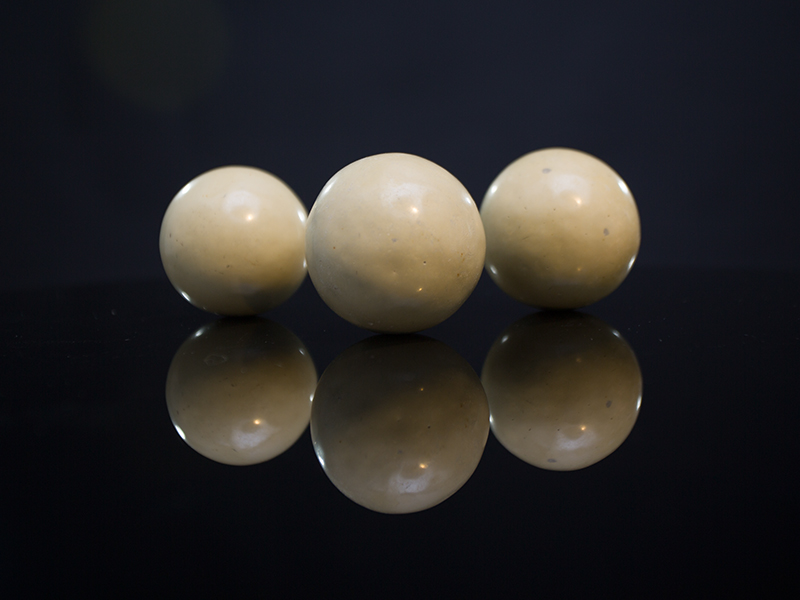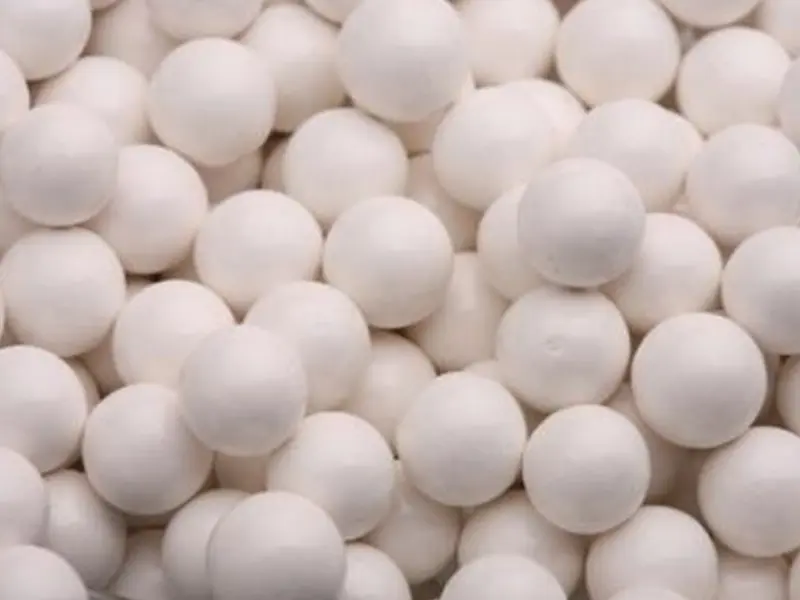Unlocking the Magic of Rare Earth Polishing Powders: Revolutionizing the Future of Precision Polishing
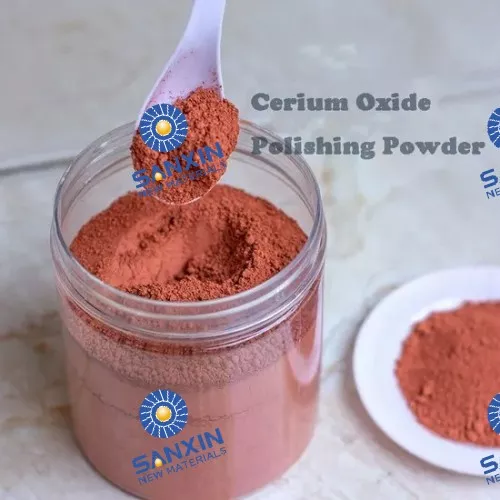
Introduction: Why Rare Earth Polishing Powders Still Matter in High-Precision Industries
From smartphones to satellites, modern technology demands components with extreme surface smoothness and clarity. Behind the scenes, rare earth polishing powders—particularly those rich in cerium oxide (CeO₂)—are quietly powering this evolution. Whether it’s creating scratch-free smartphone glass, high-clarity camera lenses, or ultra-smooth silicon wafers, these materials remain indispensable.
While iron oxide was once the go-to solution for surface polishing, the discovery and development of cerium-based polishing compounds redefined the performance ceiling of what polishing agents could achieve. Today, rare earth polishing powders are at the center of optical, semiconductor, and precision engineering industries.
But what makes these powders so exceptional? And how is the industry evolving in the face of technological innovation and environmental responsibility?
Chapter 1: A Historical Overview—From Rust to Rare Earths
1.1 The Downfall of Iron Oxide
Before rare earth elements entered the picture, iron oxide (Fe₂O₃) dominated the glass polishing sector. Though accessible and cheap, it posed multiple issues:
Slow polishing speed
Rust contamination
Poor surface quality
Environmental concerns
These drawbacks limited its scalability in high-precision applications.
1.2 The Rise of Cerium Oxide
In 1933, European researchers discovered that cerium oxide could polish glass faster and cleaner. As research deepened in the following decades, particularly in Japan and the U.S., cerium-based rare earth polishing powders gained prominence for their:
High chemical reactivity with silica surfaces
Ability to minimize sub-surface damage
Eco-friendly and reusable characteristics
This marked a transition from mechanical to chemo-mechanical polishing (CMP), a hybrid process essential for modern microfabrication.
Chapter 2: What is Rare Earth Polishing Powder?
2.1 Basic Definition and Chemical Composition
Rare earth polishing powders are finely engineered powders primarily made from cerium oxide, often enhanced with lanthanum oxide, praseodymium oxide, or neodymium oxide for specific performance attributes. These powders are:
Synthesized from bastnaesite or monazite ores
Treated chemically and thermally to achieve desired particle size and morphology
Optimized for polishing performance, recyclability, and environmental safety
2.2 Properties That Define Performance
| Property | Benefit |
|---|
| Particle Size Control | Achieves consistent surface finish |
| Chemical Reactivity | Enhances polishing speed with glass and silicon |
| Mechanical Hardness | Balances cutting power and surface preservation |
| Purity | Reduces contamination risks in precision optics |
| Environmental Compatibility | Minimizes harmful waste and supports reuse |
These characteristics make rare earth polishing powders essential in sectors requiring high-quality, contamination-free finishes.
Chapter 3: Supply Chain Analysis—From Mine to Market
3.1 Upstream: Rare Earth Mining
China holds more than 60% of the world’s rare earth reserves and dominates production, controlling over 85% of the global rare earth polishing powder supply. Key mining regions include:
Due to the strategic importance of rare earths, mining and exports are closely regulated. This has led to increased attention on:
3.2 Downstream: End-Use Applications
Rare earth polishing powders are vital in:
Optical glass (e.g., camera lenses, eyeglasses)
Display panels (e.g., LCD, OLED)
Precision semiconductors (e.g., silicon wafers)
Smartphones and tablets
Photovoltaics and solar glass
Even aerospace and defense sectors use high-purity rare earth powders in the production of laser lenses and space optics.
Chapter 4: Types of Rare Earth Polishing Powders
4.1 Low-Cerium Grade (CeO₂ 30–65%)
Advantages: Affordable, good for basic polishing
Applications: General-purpose glass, decorative lenses
4.2 Medium-Cerium Grade (CeO₂ 40–80%)
4.3 High-Cerium Grade (CeO₂ >80%)
Advantages: High purity, excellent uniformity, long-lasting
Applications: Semiconductor wafers, optical instruments, precision optics
4.4 Advanced Composite Abrasives
Emerging solutions include hybrid abrasives where cerium particles are coated with:
Polymers: Improve suspension and slurry behavior
Silica shells: Control hardness and reduce scratching
Zirconia: Enhance mechanical properties
These materials are tailored for next-generation applications like GaN polishing and sapphire substrate finishing.
Chapter 5: Industrial Applications of Rare Earth Polishing Powders
5.1 Optical Glass Polishing
One of the earliest and most enduring applications of rare earth polishing powders is in optical glass. Precision optics such as:
Camera lenses
Binoculars
Telescope mirrors
Eyeglass lenses
require surface uniformity at the nanometer level. Cerium oxide's unique ability to chemically interact with silica-based glass ensures not only a high-quality finish but also improved throughput in manufacturing. The high polishing rate, combined with minimal scratching, reduces production cycles and increases output.
5.2 Semiconductor Wafers and Integrated Circuits
In the semiconductor industry, wafer flatness is critical for photolithography, etching, and deposition processes. Rare earth polishing powders are a cornerstone of the chemical-mechanical planarization (CMP) process. Especially in technologies like:
Shallow trench isolation (STI)
Low-k dielectric planarization
Wafer thinning and mirror polishing
High-purity cerium oxide particles maintain uniform surface tension and reduce defect rates, which is crucial for achieving high chip yields.
5.3 Display and Cover Glass
From smartphones and tablets to smart TVs and automotive displays, cover glass demands scratch resistance and optical clarity. Rare earth polishing powders are used during the finishing stages of chemically strengthened glass (like Corning’s Gorilla Glass) to:
This application is particularly significant in flexible OLED displays, where thinness and smoothness are key to performance.
5.4 Hard Disk Drives and Magnetic Heads
Precision polishing of magnetic heads and disk substrates ensures data read/write accuracy in hard drives. Cerium oxide helps achieve surface roughness levels below 1 nanometer. The controlled removal rate ensures that surface tolerances remain within ultra-precise margins.
5.5 Photovoltaics and Solar Panels
High-transmittance glass used in photovoltaic modules must be polished for clarity and minimal reflection. Rare earth polishing powders:
Improve solar conversion efficiency
Enable anti-reflective coating adhesion
Support defect-free surface preparation
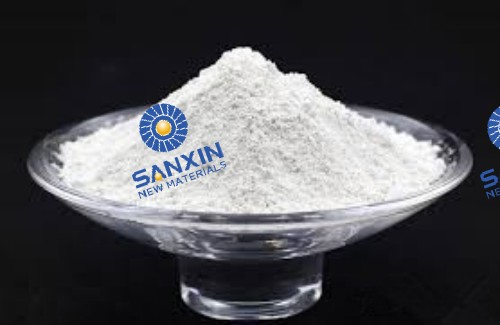
Chapter 6: Global Market Landscape and Trends
6.1 Key Producing Countries
While China leads in both rare earth production and polishing powder manufacturing, other countries are making strategic moves to secure their supply chains:
| Country | Contribution |
|---|
| China | Over 85% of global rare earth polishing powder production |
| Japan | Innovation hub for high-purity grades |
| USA | Rising investments in rare earth separation and purification |
| France/UK | Smaller-scale but focused on specialty materials |
| South Korea | Major consumer in electronics and displays |
6.2 Key Players in the IndustrySanxin New Materials Co., Ltd.: Known for its advanced ceramics and high-performance polishing materials.
Shin-Etsu Chemical Co., Ltd. (Japan): A leader in semiconductor CMP solutions.
Showa Denko (Japan): Offers high-end cerium polishing slurries.
China Northern Rare Earth (Group) High-Tech Co., Ltd.: A vertically integrated rare earth leader.
Nanomaterials Technology Co., Ltd.: Specializes in nano-structured cerium abrasives.
6.3 Market Size and Forecast
As of 2024, the global rare earth polishing powder market was valued at approximately USD 1.8 billion, with a projected CAGR of 6.5% from 2025 to 2030. Growth drivers include:
Rising demand for consumer electronics
Semiconductor miniaturization
Advanced optical applications (e.g., AR/VR, LiDAR)
Clean energy adoption
Chapter 7: Challenges and Strategic Issues
7.1 Resource Limitation and Environmental Concerns
Rare earth mining and refining are energy-intensive and generate hazardous by-products. The environmental cost has led to stricter government regulations and supply constraints. Key issues include:
Radioactive waste management
Groundwater contamination
Export quotas and tariffs
Sustainable alternatives and recycling of cerium-based slurries are being explored but remain in early stages.
7.2 Quality Control and Product Consistency
In polishing applications, inconsistency in particle size, shape, and distribution can lead to:
Surface scratches
Inhomogeneous polishing
Reduced wafer yields
Advanced sieving, nano-particle synthesis, and slurry stabilization techniques are being developed to solve this.
7.3 Technological Gap and Innovation Bottlenecks
Many Chinese and Southeast Asian manufacturers still lag behind Japanese and American firms in:
As the semiconductor node shrinks below 5 nm, the need for ultra-fine, defect-free polishing will demand next-generation powder technologies.
7.4 Industry Polarization
The rare earth polishing powder industry is experiencing a growing gap between:
Low-end mass producers: Often flood the market with cheap, low-quality products
High-end solution providers: Focus on innovation, tailored slurries, and application-specific R&D
This polarization limits middle-tier companies and intensifies price wars, ultimately affecting sustainability and innovation capacity.
Chapter 8: Innovations and Technological Advances
8.1 Functionalized Cerium Particles
New-generation polishing powders feature cerium oxide particles:
Coated with silica to reduce agglomeration
Embedded in polymeric matrices for better control
Functionalized for specific substrates (e.g., GaAs, SiC, sapphire)
These technologies improve selectivity, reduce dishing and erosion, and extend slurry life.
8.2 Recyclable and Eco-Friendly Slurries
Emerging slurry designs focus on:
Recyclability without significant performance loss
pH neutrality for safer handling
Reduced chemical additives
This responds to environmental regulations while lowering costs in high-volume manufacturing.
8.3 AI and Machine Learning in Slurry Optimization
Companies now use AI to:
Predict optimal particle morphology
Simulate surface interaction dynamics
Adjust formulations in real-time during polishing
This increases process predictability and reduces trial-and-error experimentation.
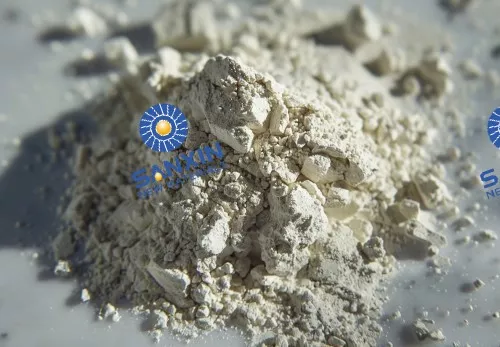
Chapter 9: Future Outlook and Strategic Recommendations
9.1 Diversifying Supply Chains
Countries and companies are investing in:
Rare earth extraction in Africa, Australia, and the U.S.
Recycling of e-waste and polishing slurries
Vertical integration from mining to CMP slurry formulation
Reducing dependency on a single-source (China) is a priority for national security and supply stability.
9.2 Growing Demand from Emerging Technologies
Future high-growth areas for rare earth polishing powders include:
Quantum computing: Ultra-flat substrates for superconductors
Photonic circuits: Glass-based integrated optical components
AR/VR optics: Light and distortion-free lens fabrication
Aerospace optics: High-precision polishing of laser and satellite components
9.3 National Policies and Investment
U.S. CHIPS Act: Funding domestic semiconductor ecosystems may accelerate demand
EU Critical Raw Materials Act: Focuses on raw material security and circular economy
China’s Strategic Reserve Expansion: Likely to maintain price influence
9.4 Recommendations for Stakeholders
| Stakeholder | Strategy |
|---|
| Manufacturers | Invest in nano-formulation tech, diversify sourcing |
| Governments | Support rare earth recycling, encourage R&D |
| Investors | Target high-end producers with innovation pipelines |
| End-users | Collaborate with suppliers for application-specific slurries |
Conclusion: Cerium Oxide and the Road Ahead
From humble beginnings as a glass polishing aid in the 1930s to its modern status as an industrial staple, rare earth polishing powders have continually proven their value. Whether it's enabling the latest chip in your smartphone or refining a lens destined for space, these materials are critical to progress.
While challenges like environmental impact and supply risk persist, innovation is pushing the industry forward. With greater focus on high-purity production, sustainability, and intelligent formulation, the “magic” of rare earth polishing powders will continue to spin into the future—stronger, smarter, and more essential than ever.
Rare Earth Polishing Powder Preparation Zirconia Grinding Beads Contact:
Sanxin New Materials Co., Ltd.



 English
English

